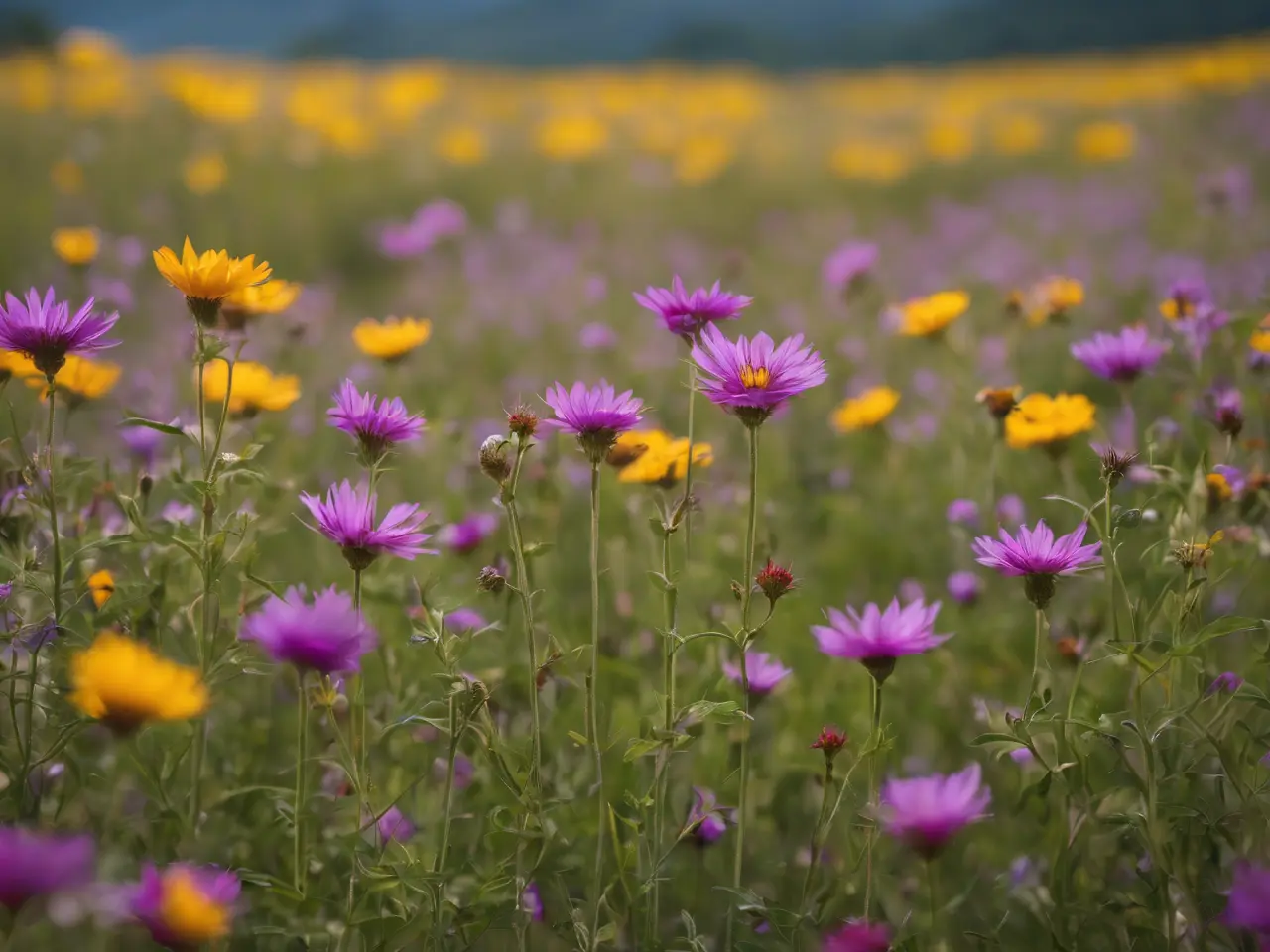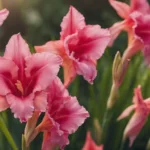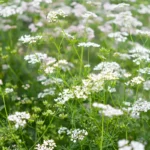Wildflowers bring a natural charm and vibrancy to any garden, creating a haven for local wildlife and promoting biodiversity. These hardy plants not only add beauty to your landscape but also play a crucial role in supporting local ecosystems. From attracting pollinators like bees and butterflies to offering a habitat for beneficial insects, wildflowers are more than just a pretty sight. This article will guide you through the process of planting wildflower seeds, helping you transform your garden into a colorful and eco-friendly space.
Choosing the Right Wildflower Seeds
Selecting the right wildflower seeds is vital for a successful and sustainable garden. Opt for native species that are well-suited to your region’s climate, soil, and ecological conditions. Native wildflowers are more likely to thrive, require less maintenance, and provide the best support for local wildlife. Consider the amount of sunlight and the type of soil in your garden when choosing your seeds. To enjoy a garden that blooms throughout the season, select a diverse mix of species, including annuals for quick blooms and perennials for long-term growth. This diversity not only extends the blooming period but also creates a more resilient wildflower garden.
Preparing the Planting Site
The right preparation of your planting site is key to the success of your wildflower garden. Start by clearing the area of existing grass and weeds, which can compete with wildflowers for nutrients and light. For optimal growth, test your soil to understand its pH and nutrient content, amending it if necessary. Wildflowers generally prefer well-drained soil and do not require highly fertile conditions. However, ensuring the site is free from aggressive weeds and has the right soil conditions will give your wildflowers the best start. Remember, a little effort in preparing your site goes a long way in establishing a thriving wildflower garden.
Sowing Wildflower Seeds
Once your site is prepared, it’s time to sow your wildflower seeds. There are two main methods for distributing seeds: hand broadcasting and using a mechanical spreader. Hand broadcasting is ideal for smaller areas and allows for a more controlled distribution. For larger areas, a mechanical spreader can save time and ensure even coverage. When sowing, aim for a light but even spread to avoid overcrowding, which can lead to poor plant development. The depth at which you sow the seeds is also crucial – most wildflower seeds require light to germinate and should be sown on the soil surface or lightly covered with soil.
Care After Sowing
After sowing, proper care is essential to help your wildflower seeds germinate and grow. Water the area gently but thoroughly, ensuring the soil stays moist but not waterlogged. Continue to water regularly, especially during dry spells, until the seedlings are well-established. While mulching can be beneficial in other types of gardens, it’s generally not recommended for wildflower areas as it can inhibit seed germination and growth. Be mindful of birds and other wildlife that may be attracted to the seeds. Using netting or other protective measures can help ensure your seeds have the chance to grow.
Managing Expectations and Patience
It’s important to manage expectations when growing wildflowers from seeds. Wildflowers can take several weeks to germinate, and some species may not bloom until the following year. This is especially true for perennials, which often focus on establishing roots in their first year and bloom in subsequent years. Patience is key – wildflowers grow on their own schedule, and part of their beauty lies in their natural, unforced growth. Understanding this natural process will help you appreciate the evolving beauty of your wildflower garden over time.
Maintenance of a Wildflower Garden
Maintaining a wildflower garden is relatively low-key compared to traditional gardens. Minimal intervention is often the best approach, letting nature take its course. However, some maintenance is beneficial. Regularly check for and remove invasive weeds that can outcompete your wildflowers. Be gentle and selective in weeding to avoid disturbing the roots of your wildflowers.
As your wildflowers grow and mature, deadheading (removing spent flowers) can encourage more blooms in annual varieties. For perennials, deadheading may not be necessary as many are self-seeding. At the end of the blooming season, consider leaving the seed heads on the plants. These can provide food for birds and allow the flowers to self-seed for the next year.
Perennial and Annual Wildflower Considerations
Understanding the differences between perennial and annual wildflowers is important for long-term planning. Annuals bloom profusely in their first year but need to be replanted annually. Perennials, on the other hand, may take a year to establish but will return each year. A mix of both in your garden ensures continuous blooms and a dynamic landscape. Some wildflowers also behave as biennials, with a two-year life cycle. Recognizing the life cycles of your wildflowers will help you manage your garden effectively.
Conclusion
Planting wildflower seeds is a wonderful way to create a vibrant and dynamic garden that changes from year to year. Not only do wildflowers add beauty and diversity to your outdoor space, but they also contribute positively to the local ecosystem, supporting pollinators and other wildlife. With the right preparation, sowing techniques, and minimal maintenance, you can enjoy a breathtaking wildflower garden that brings joy and life to your yard. Embrace the natural beauty of wildflowers and the sustainable, eco-friendly approach they represent in gardening.



